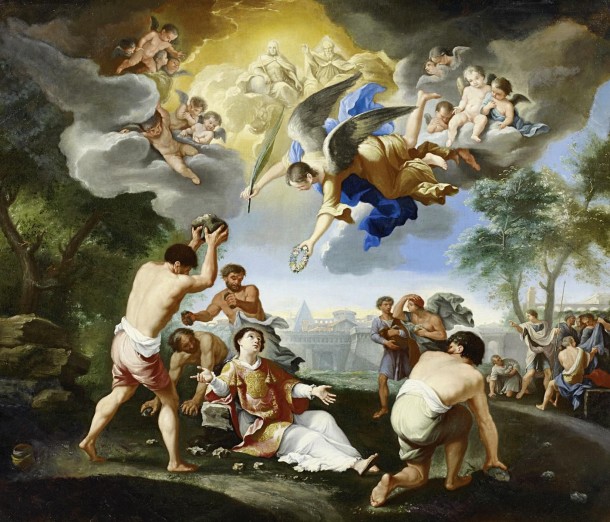Kathryn Kulpa
That’s why people remember the story. That’s why we still tell it. The girl dies at the end, because that’s what girls do in stories. The girl dies because she’s lonely. The girl dies because she’s bored. Because she wanted more from life than this small town. The girl dies because she left the party early. Because she didn’t leave the party until it was too late. Because she left with that boy. Because she got into that car. Because she had sex. Because she was about to have sex. Because she gave every indication that having sex was something she might, eventually, think about doing.
The girl dies because there can be only one final girl, and it isn’t her.
The girl dies at the beginning. She gives us the hook. The girl dies in the middle. She keeps the story from lagging. The girl dies at the end. She wraps the plot up in a neat red ribbon tied around the neck of the dead girl sprawled in an alley / found in a field / discovered by a jogger / uncovered by a hunter / wrapped in butcher paper / shrouded in a plastic bag.
A case to crack. A mystery to solve.
Nothing succeeds like a girl who’s deceased.
Everyone tells the same story, because it’s the story we want to hear, even when we say we don’t, even when we say we hate those stories, the story I’m telling you now, even though I didn’t mean to.
Kathryn Kulpa was a winner of the Vella Chapbook Contest for her chapbook Girls on Film. Her work has appeared in Jellyfish Review and is forthcoming in Smokelong Quarterly and Longleaf Review. She was born in a small state, and she writes short stories. Follow her on Twitter at @kathrynkulpa.



